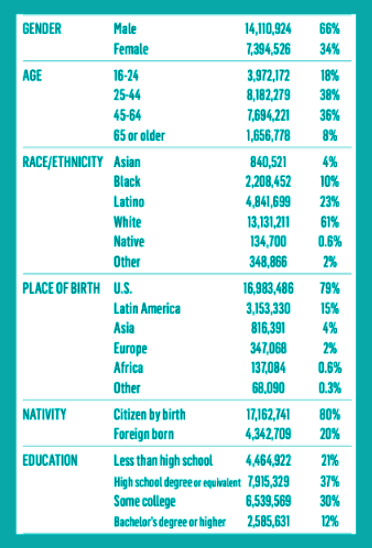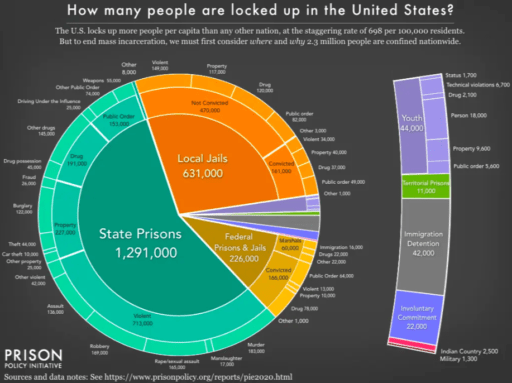Any conversation about the food system in the United States, must be grounded in acknowledging America’s colonial and racial history. The United States is the result of colonization, beginning with the arrival of European colonizers and subsequent seizure of indigenous lands and attempted erasure of their life and foodways and growing through the extraction of wealth. Most of the indigenous peoples who survived displacement and genocide were forced to assimilate to a eurocentric economic system built off of the labor of African peoples who were kidnapped, enslaved, and forced to work in the fields and homes of the colonizers. The nation’s early period of growth and rise to global power was contingent on economic and social systems that were exploitative and oppressive. Many of the people of color who have now immigrated to the US were displaced and forced to migrate because of similar tactics used by colonizers in their homelands. The policies now enacted here in the US, including border policies, access to credit, loans, and land, education systems, healthcare systems, and punitive systems use divide and conquer tactics, continue to oppress Black folks, Indigenous folks, and People of Color.
A case in point is the exclusion of farmworkers from the National Labor Relations Act (NLRA) in 1935, and the Fair Labor Standards Act (FLSA) in 1938. Historians have noted that this was a result of Southern legislators in the 1930s being intent on maintaining conditions for Black agricultural labor that was similar to those under slavery. When the United States faced labor shortages post Great Migration, thousands of Mexican workers were brought into the country to perform farm work under the Bracero program. Many were skilled farmers possessing traditional knowledge of farming techniques and agriculture, but the program was described by a former Department of Labor official, Lee G. Williams, as a system of “legalized slavery”. This set the stage for the contemporary H2A visa program or guest worker program, and the reliance on undocumented immigrants in farm work.
In the following sections, we’ll learn about the multitude of challenges faced by workers in the food system, and how they intersect with issues of race and immigration.
A case in point is the exclusion of farmworkers from the National Labor Relations Act (NLRA) in 1935, and the Fair Labor Standards Act (FLSA) in 1938. Historians have noted that this was a result of Southern legislators in the 1930s being intent on maintaining conditions for Black agricultural labor that was similar to those under slavery. When the United States faced labor shortages post Great Migration, thousands of Mexican workers were brought into the country to perform farm work under the Bracero program. Many were skilled farmers possessing traditional knowledge of farming techniques and agriculture, but the program was described by a former Department of Labor official, Lee G. Williams, as a system of “legalized slavery”. This set the stage for the contemporary H2A visa program or guest worker program, and the reliance on undocumented immigrants in farm work.
In the following sections, we’ll learn about the multitude of challenges faced by workers in the food system, and how they intersect with issues of race and immigration.

